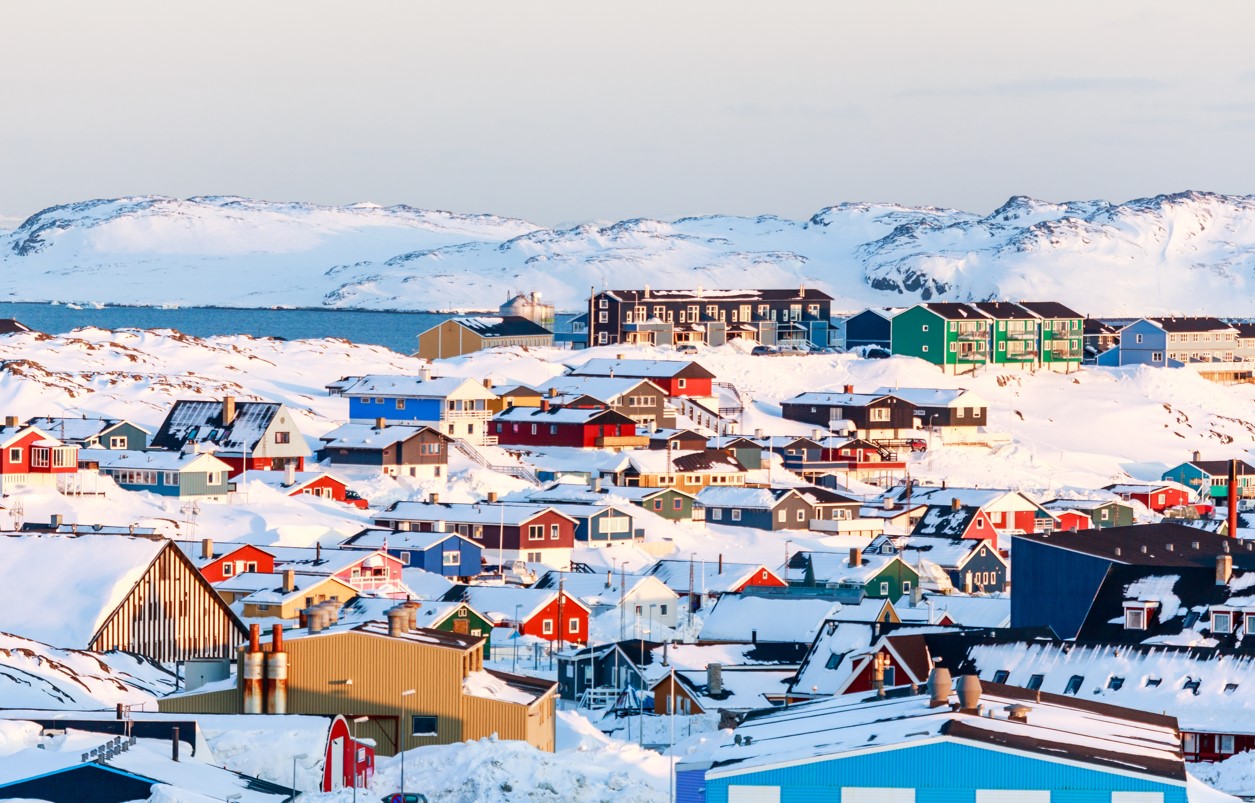Greenland makes daylight saving permanent
Daylight saving ends in eastern Australia this coming weekend, but there’s one place where it won't be ending for months, years, and perhaps forever.
In November 2022, the parliament of Greenland voted to make daylight saving permanent. Last weekend it kicked off, with Greenland pushing its clocks forward one hour for good.
No more waking up and going "Wait, do I change the clocks forward or back an hour?" From now on, the 56,000 residents of the largely icebound autonomous territory in the Kingdom of Denmark will be in daylight saving time every day, every month, every year.

Image: Nuuk, the snowbound and daylight saving-bound capital of Greenland. Source: iStock.
So should we do something similar here in Australia?
Australia's first flirtation with daylight saving came during World War I (1914-18) and it was used again in World War II (1939-45). The theory went that precious energy could be conserved during wartime if people spent more of their waking hours in daylight.
Daylight saving didn't become a regular Australian thing until the late 1960s when Tasmania led the way, with other states following suit in the early 1970s.
Queensland abandoned the experiment after a year. It tried again on a three-year trial basis between 1989 and 1992, before the results of a 1992 referendum ended it.
Today, five Australian states or territories observe daylight saving. They are:
- NSW, Vic, SA, Tas and the ACT
Three don't have daylight saving. They are:
- Qld, WA, and the NT
The key advantage of daylight saving is longer hours in which to enjoy the light in warmer months. But this primarily benefits those who work traditional 9-5 working hours in cities and towns.
People on the land say it disrupts their schedule (and the animals' schedule), while some in Australia's northern states prefer an extra hour of light at the coolest time of day – as in the early morning, not the evening.

Image: Farmers say that changes to routine put cattle in a bad moooooooood. Source: Pixabay.
There are no immediate changes to Australia's daylight saving schedule on the horizon. It ends this weekend in the five jurisdictions that observe it, and will be back on the first Sunday in October.
But as mentioned, Greenland has now adopted it permanently. For locals, it means being just three hours behind Europe year-round, rather than four, which they say is good for business.
As for Australia, the shift to the non-daylight saving period reduces the confusing mish-mash of timezones from five to the three basic ones: Western Standard, Central Standard and Eastern Standard.
Whether or not you're a fan of daylight saving, there's one thing we can all agree upon: The correct phrase is daylight saving (singular), not daylight savings (plural).